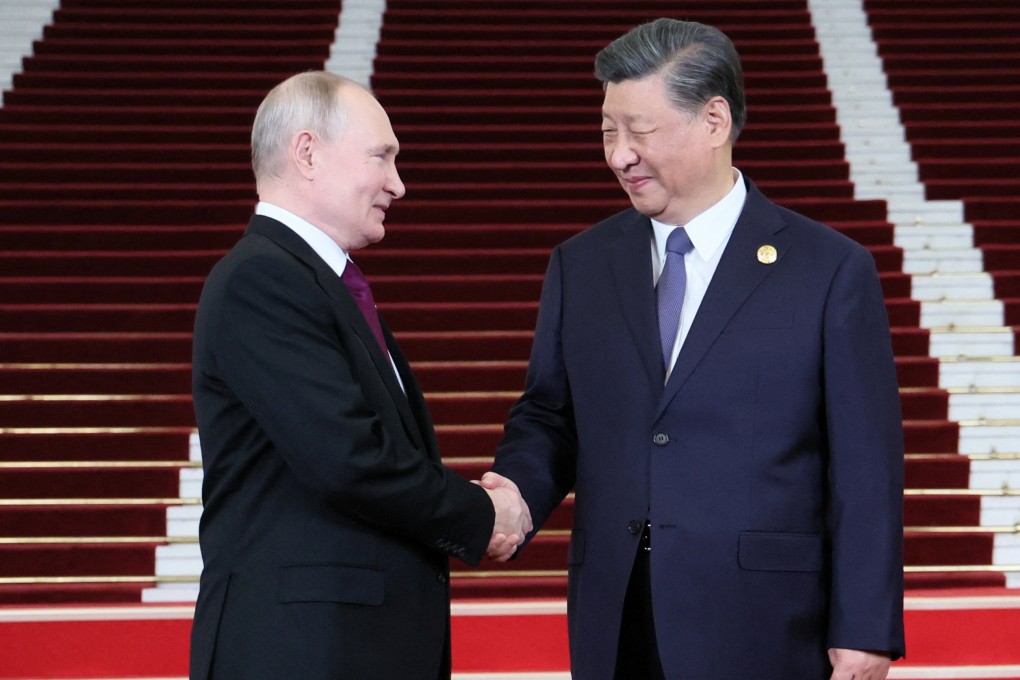Editorial | Xi leaves no doubt belt and road plan will lead to further prosperity, stability
- China’s president points way forward at forum for partners of initiative with pledges on investment, infrastructure and economic development in the face of US containment efforts

Beijing set the scene for the latest belt and road forum by issuing a white paper packed with impressive statistics to mark the plan’s 10th anniversary. They included more than 200 Belt and Road Initiative cooperation agreements with 152 nations and 32 international institutions, involving total investment of US$380 billion, two-thirds of it from China. But the white paper left a question in the minds of many of the 130-plus countries and 30 organisations represented at the forum.
Could Beijing keep it up, given a softening of economic growth amid a sluggish recovery from the Covid-19 pandemic slowdown? The answer is a resounding yes, to be found in President Xi Jinping’s opening address at the forum yesterday. Xi pledged to maintain funding for the initiative, compared with the two previous forums, laying to rest concerns China might apply the brake.
The basic reason is that Beijing sees the belt and road as an important long-term commitment. In any case, on the same day, the mainland posted better-than-expected GDP growth for the third quarter, showing that its economy is recovering and may be back on track to meet full-year targets. It all added up to positive news for the belt and road partnership, amid global uncertainty, war at the heart of Europe, and further conflict in the Middle East.
There is, however, more emphasis on value for investment funds dispensed under the initiative, such as steps to make the best use of resources with a reduction in the amount of cheap loans and direct aid, and an important move to combat corruption that siphons off development funds. Xi also stressed the importance of funding the belt and road according to the market mechanism.
Deep-sea terminals
The focus is still on building the infrastructure to connect and bind economies. The speeches of Xi and Russia’s President Vladimir Putin outlined transport networks that will connect leading ports and cities in the European and Asian continents, and link them with Africa. China also values cooperation with other Central Asian and European partners, reflected in Xi’s meetings with the presidents of Kazakhstan, Hungary and Serbia, all critical in rail links.
Putin further talked about creating deep-sea terminals for the so-called northern sea route, opening the Arctic for shipping. This also signalled that Russia would shift its economic development focus eastward and be more open to China’s policy. Xi talked about building a road bridge to connect Europe and Asia. These initiatives, even if only partly implemented, will bind economies and profoundly change global geopolitical and economic development.
